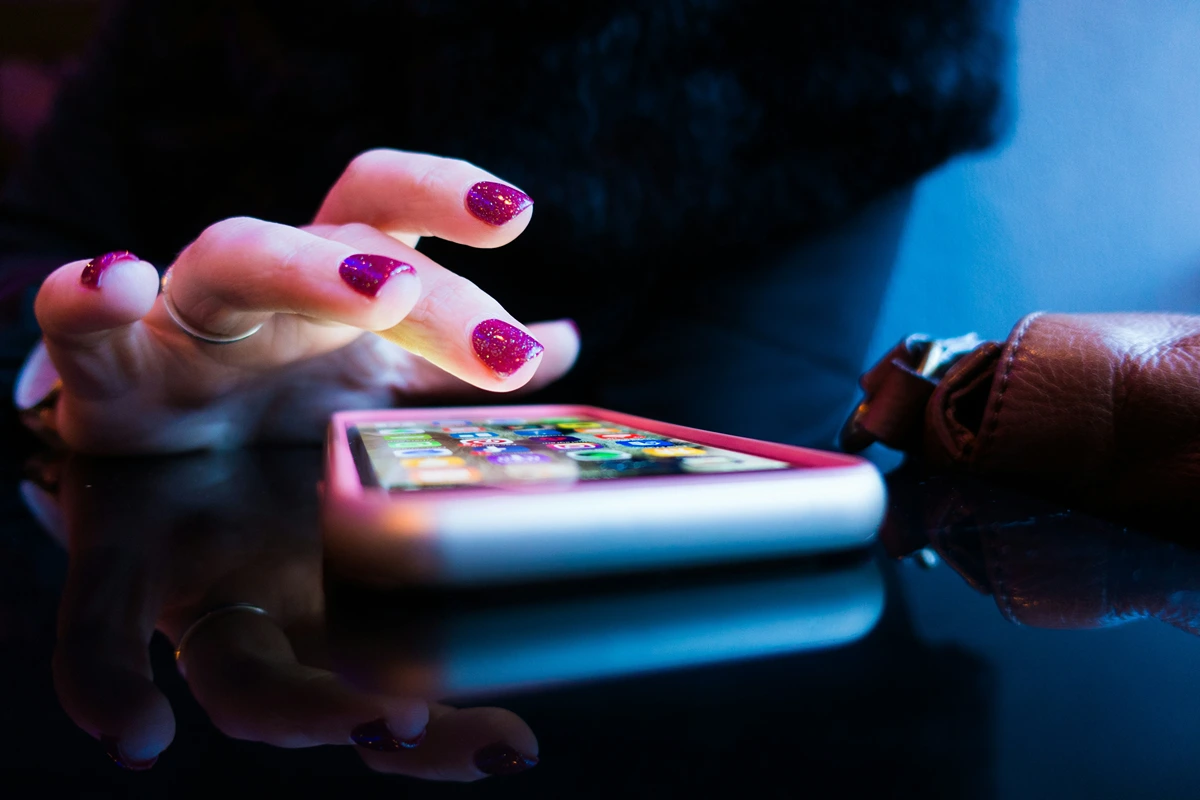Overcoming Digital Dependency: A Step-by-Step Guide
In today’s world, digital platforms like smartphones and social media are integral to daily life, offering convenience and connection. Constant connectivity can morph into problematic use or digital reliance—sometimes called digital addiction. Excessive, uncontrolled screen time is linked to poorer health, strained relationships, and diminished well-being. Feeling ready to break screen reliance and begin real tech-dependency recovery, this guide lays out practical, research-backed steps.
What Is Digital Dependency?
To start, digital dependency refers to an attachment to your devices that you can’t fully control; subsequently, it impairs attention, curbs productivity, and harms relationships (Zhu et al., 2022).
Digital Detox: A Plan for Recovery
A strategy to overcome digital dependency is the digital detox—a voluntary break from screens (Anandpara et al., 2024). Approaches range from short-term abstinence to balanced, mindful use (Anandpara et al., 2024; Marx et al., 2025). Done well, detoxes can lower stress, sharpen focus, and boost mood (Wilcockson, Osborne, & Ellis, 2019).
Your Step-by-Step Guide
1. Assess Your Current Habits
Notice the urge to pick up your phone. Take note of your reason behind it. Which apps trigger the most overuse?
2. Define Your “Why” & Set Realistic Goals
Identify motivations (health, productivity, mindfulness, better relationships) and set specific, balanced targets—e.g., 30 minutes of social media per day (Marx et al., 2025; Syvertsen & Enli, 2019).
3. Put Boundaries in Place
Strategy |
What It Looks Like |
| Tech-free zones/times | No-phone dinners, screen-free bedroom |
| Time limits | App timers, scheduled internet windows |
| Disable notifications | Silence non-essentials to cut “digital stress” |
| Digital declutter | Delete time-sink apps, pare your home screen |
| Offline swaps | Walk, journal, call a friend |
4. Anticipate Challenges Overcoming Digital Dependency
Cravings and FOMO are normal. Notice urges without acting on them, and reaffirm your goals.
5. Seek Support
Coaching and counseling enhance success (International Journal of Evidence Based Coaching and Mentoring, 2024). Connecting with a coach may be a positive guide to this journey.
6. Be Patient & Iterate
Slip-ups happen. Re-evaluate goals and keep moving toward balanced, intentional tech use (Marx et al., 2025).
References
- Anandpara, A., Karimi, M., Kumar, S., & Varma, A. (2024). A comprehensive review on digital detox. Cureus, 16(4), e58719. https://doi.org/10.7759/cureus.58719
- American Psychiatric Association. (2013). Diagnostic and statistical manual of mental disorders (5th ed.).
- De Haan, E., Molyn, J., & Nilsson, V. O. (2020). New findings on the effectiveness of the coaching relationship: Time to think differently about active ingredients? Consulting Psychology Journal: Practice and Research, 72(3), 155–174.
- International Journal of Evidence-Based Coaching and Mentoring. (2024). Special Issue (S18), 32–45. https://doi.org/10.24384/2d3j-1c94
- Männikkö, N., Ruotsalainen, H., Miettunen, J., Pontes, H. M., & Kääriäinen, M. (2017). Problematic gaming behaviour and health-related outcomes: A systematic review. International Journal of Mental Health and Addiction, 15(4), 1035–1052.
- Marx, J., Mirbabaie, M., & Turel, O. (2025). Beyond buzzwords: Clarifying “digital detox.” Information & Management, 62, 104068.
- Müller, K. W., Wöffling, K., & Dreier, M. (2013). Risks of developing internet-addictive behaviors: Scope and extent of internet sites used. International Journal of Child and Adolescent Health, 6(4), 399–408.
- Syvertsen, T., & Enli, G. (2019). Digital detox: Media resistance and the promise of authenticity. New Media & Society, 22(10), 1742–1759.
- Tao, R., Huang, X., Wang, J., Zhang, H., Zhang, Y., & Li, M. (2010). Proposed diagnostic criteria for internet addiction. Addiction, 105(3), 556–564. https://doi.org/10.1111/j.1360-0443.2009.02828.x
- Wilcockson, T. D. W., Osborne, A. M., & Ellis, D. A. (2019). Digital detox: The effect of smartphone abstinence on mood, anxiety, and craving. Addictive Behaviors, 99, 106013.
- Yen, J. Y., Ko, C. H., Yen, C. F., Chen, S. H., Chung, W. L., & Chen, C. C. (2008). Psychiatric symptoms in adolescents with internet addiction: Comparison with substance use. Psychiatry and Clinical Neurosciences, 62(1), 9–16.
- Zhu, K., Xie, X., Liu, Q., Meng, H., & Song, R. (2022). Internet addiction. Perspectives in Psychiatric Care, 58(4), 2303–2309. https://doi.org/10.1111/ppc.13060
*Disclaimer: Offline Now offers educational coaching tips, not medical or therapeutic advice; please consult a qualified health professional for personal or clinical concerns.*




